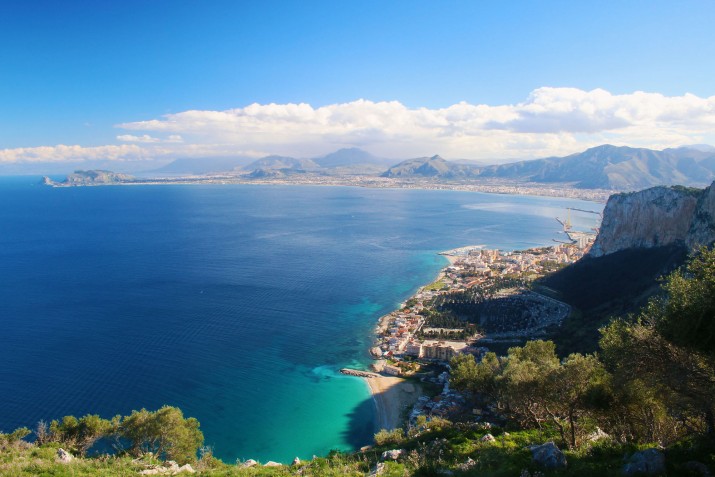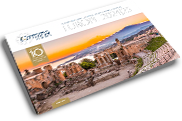Italy’s Undiscovered Locations: Sicilian Secrets

Italy’s Undiscovered Locations: Sicilian Secrets – Getting off the tourist trail is always an exciting experience that allows you to explore and discover further. The culture, the people and the tastes of local Italian become more authentic as you step off the beaten track. Across Italy it’s almost guaranteed that you will find small spots that you’ve never heard of. There are incredible destinations in Italy that are often overlooked by travelers, but are just around the corner, if you know where to look. Follow our series of “Italy’s Undiscovered Locations” to unlock some of these idyllic locations…
Sicilian Secrets
Historic, mysterious, and authentic, Sicily has so much to offer the unsuspecting traveller across its diverse landscape. Discover some of the most beautiful baroque architecture in the world, and visit unusual smaller towns. The best way to do this is on our Sicily Bella Small Group Journey, where you will also have the chance to explore at your own free range during your down time.
Baroque Architecture
If you want to see more of the most beautiful baroque architecture make sure to visit Modica. It is a UNESCO listed town in the south of Siciliy situated amongst hills and valleys of the Monti Iblei. The town itself was rebuilt after 1693 when an earthquake devastated the area, and is now renowned for it’s Medieval history and fine Baroque architecture. Modica is also famous for its chocolate so it’s a great destination for food lovers. Nearby in Ragusa, you can also visit the Baroque church of San Giorgio and the church of San Giuseppe that are also fantastic examples of Baroque design. And if you just can’t get enough, keep Erice up your sleeve to visit the Castello di Venere and Pepoli Castle.

Modica, St George Cathedral
Ancient History
Jus to the west of Siciliy lie three diverse and picturesque isles with a rich history. An unspoilt holiday destination, the Egadi Islands remain largely unchanged over the years and hold many untouched and unexplored coves and bays and deserted paths across the mountains.
The rich history of the islands can be found in cave paintings on both Favignana (the largest and most populated of the islands) and Levanzo (the smallest). Both Paleolithic and Neolithic cave paintings have been discovered here in 1949 that depict scenes of everyday life in the 18th Century, including fishing, animal husbandry and entertainment. There is also a history of prisons in the area, whose archeological ruins can be seen scattered across the landscape, such as the ruins of Santa Caterina. Built by the Arabs as a watchtower, it was later used as a prison by the Bourbon Kings and today lies a reminder of a violent past.

Ruins of Santa Caterina
Also not to be missed are the amazing natural elements of dramatic rocky cliffs in Levanzo and the limestone cliffs of Marettimo, which plummet into the cobalt blue sea. Limestone was a key export for the area and now disused quarries have been turned into quirky residences.
Art
Having hosted some of the most powerful and elite rulers of the times, including Greeks, Romans, Arabs, Normans and French, Sicily hosts some of the richest art of the region. While there are many destinations across Sicily to see these fine examples, Sicily is also home to a number of cutting-edge contemporary art galleries that are not to be missed.
A great place to start is Palermo’s Francesco Pantaleone Arte Contemporanea (FPAC), which is known to be the pioneering gallery for contemporary art in the area. Nearby is Drago artecontemporanea, which showcases graphic works, illustrations and publications. Syracuse and Taormina are also well known for their art culture.
Tags: Sicily, Modica, Palermo



